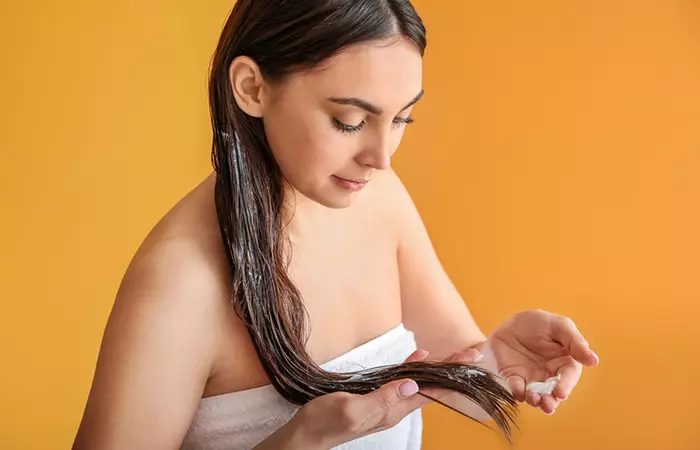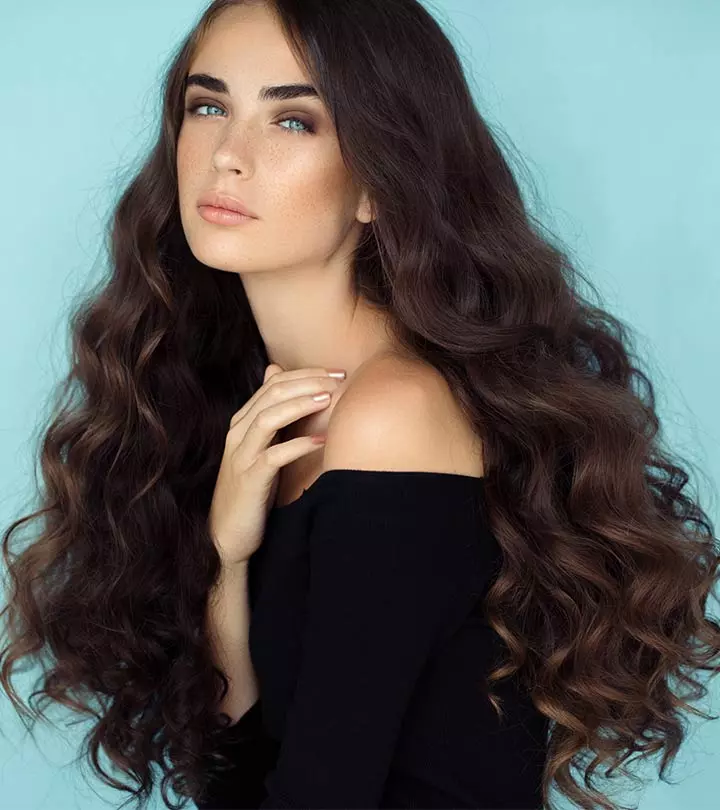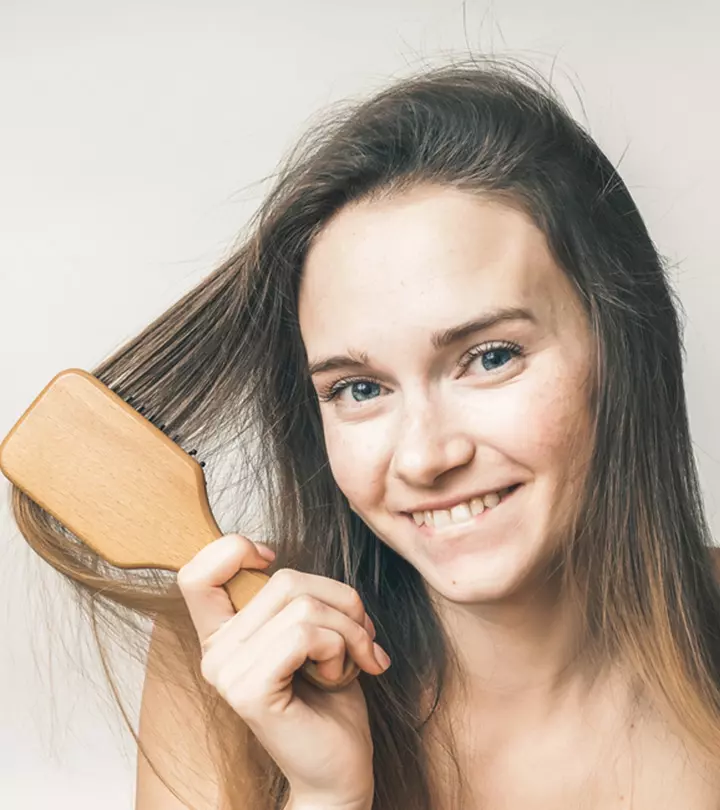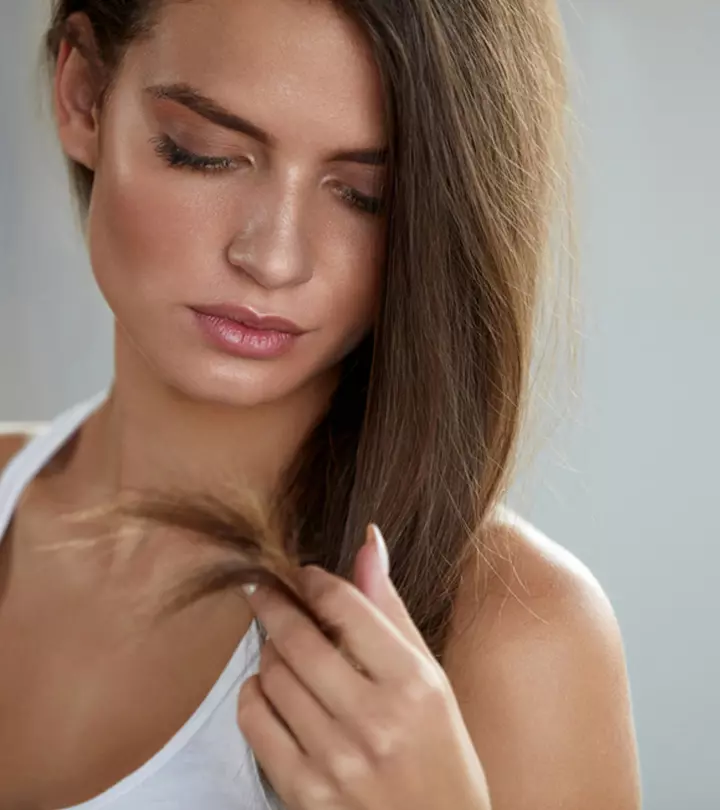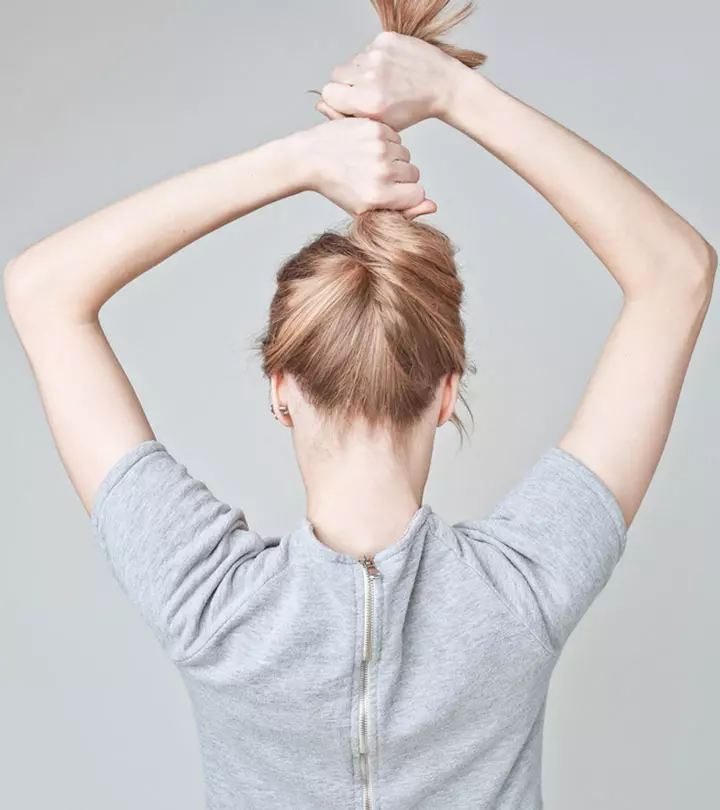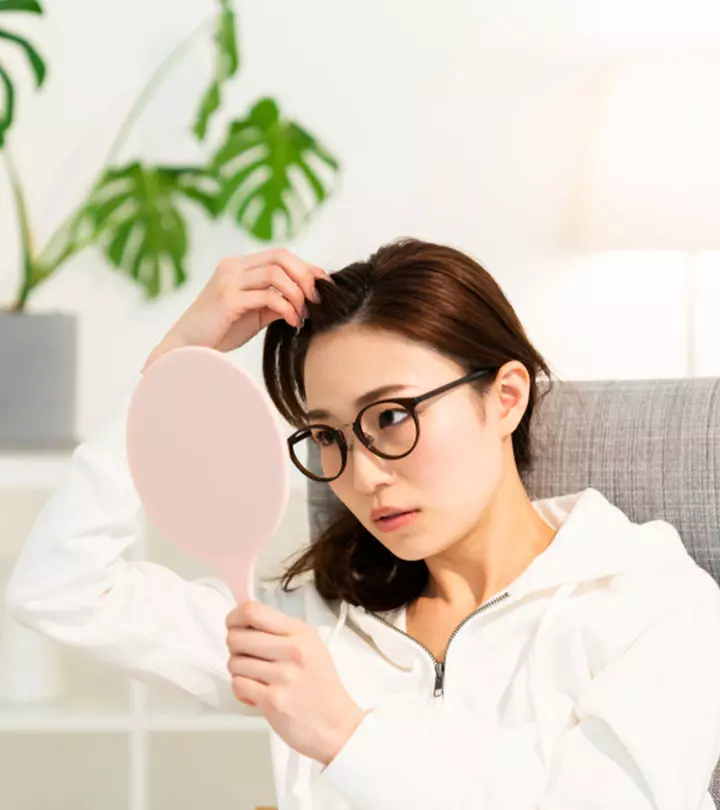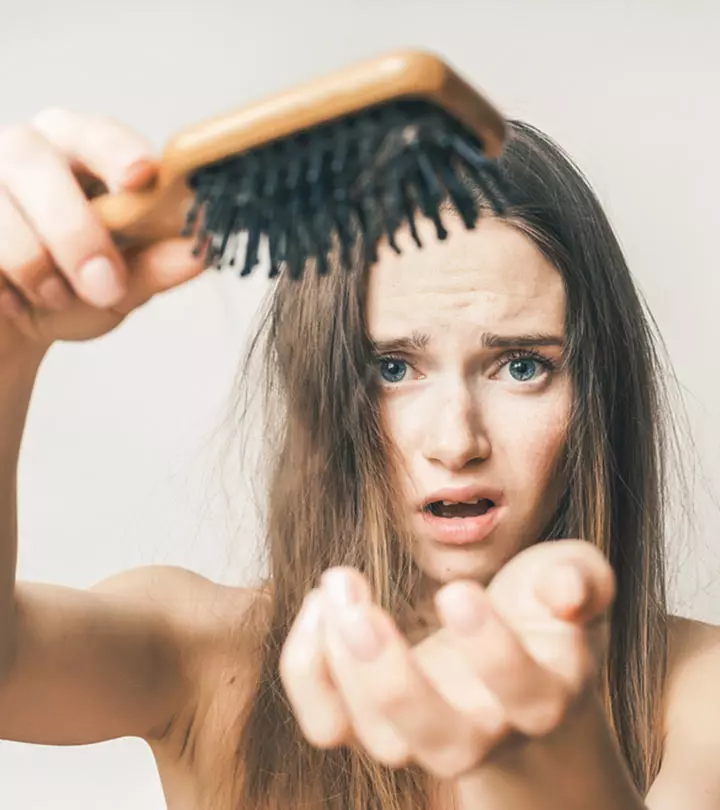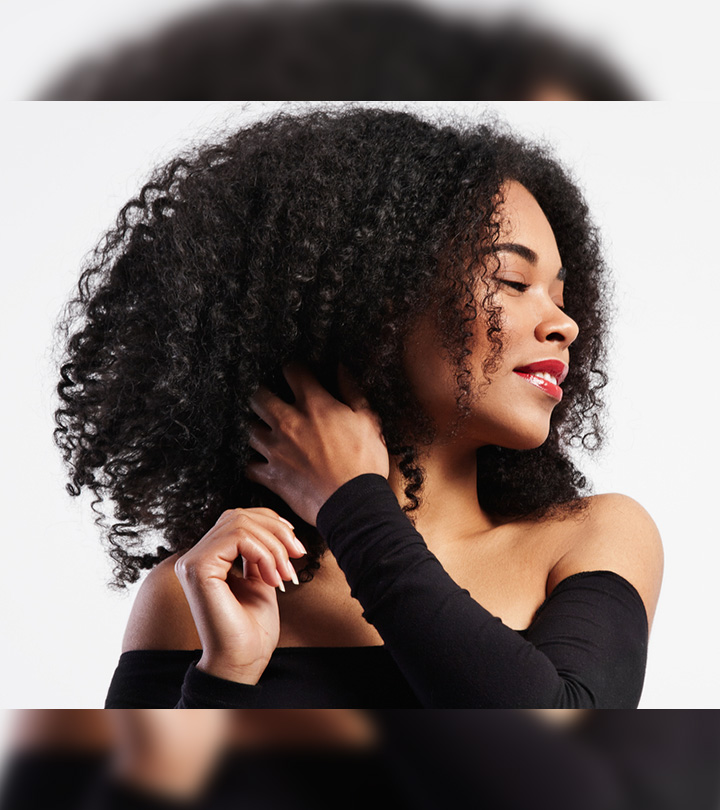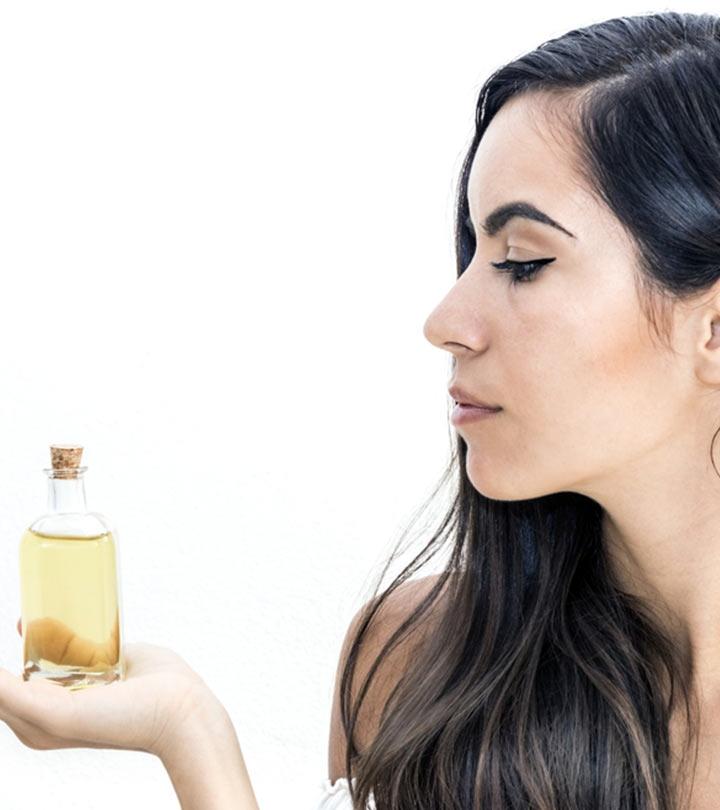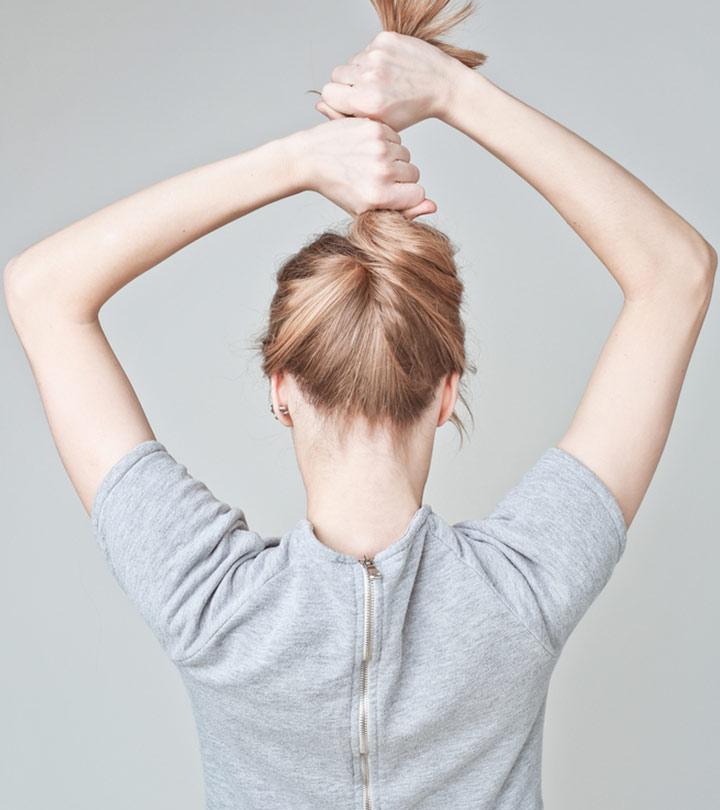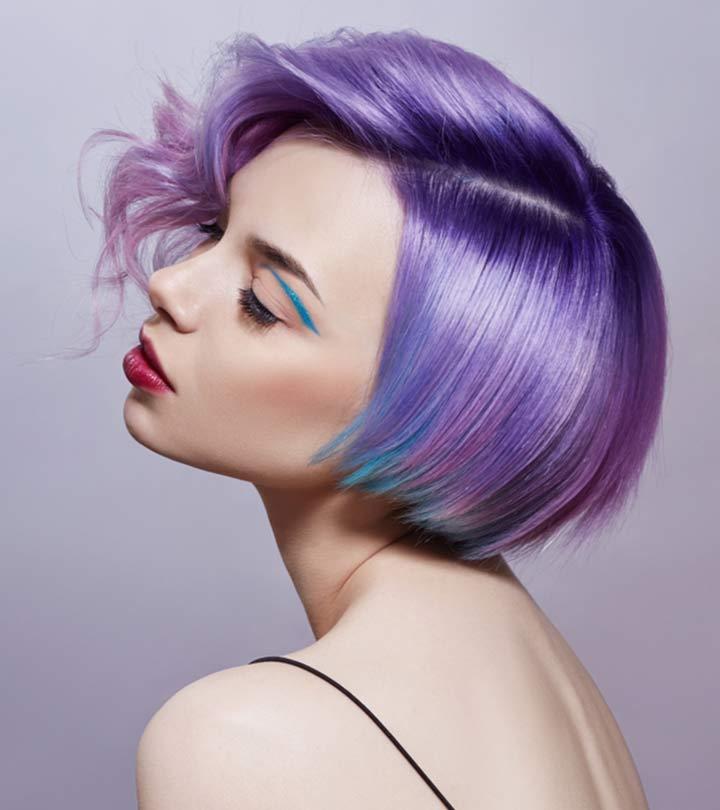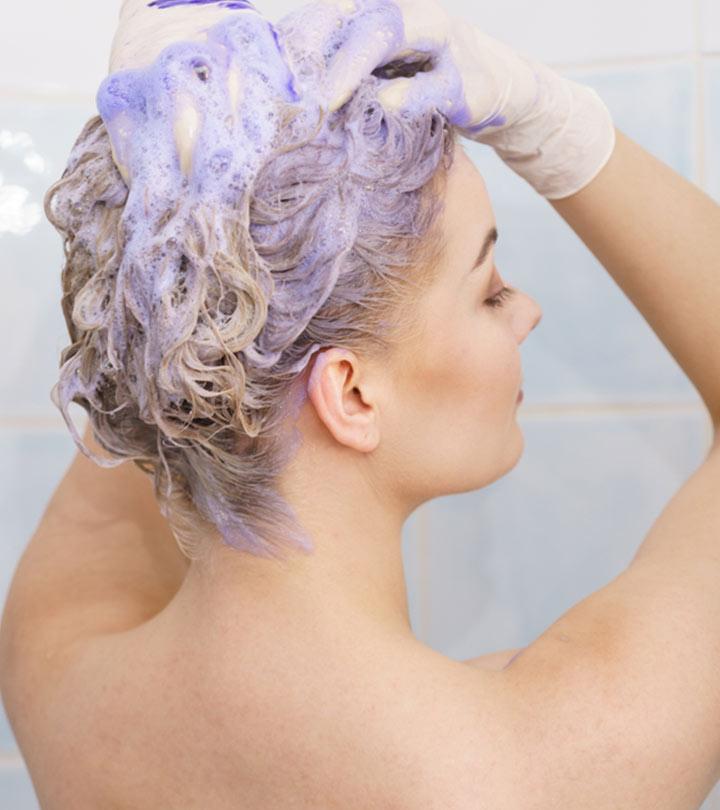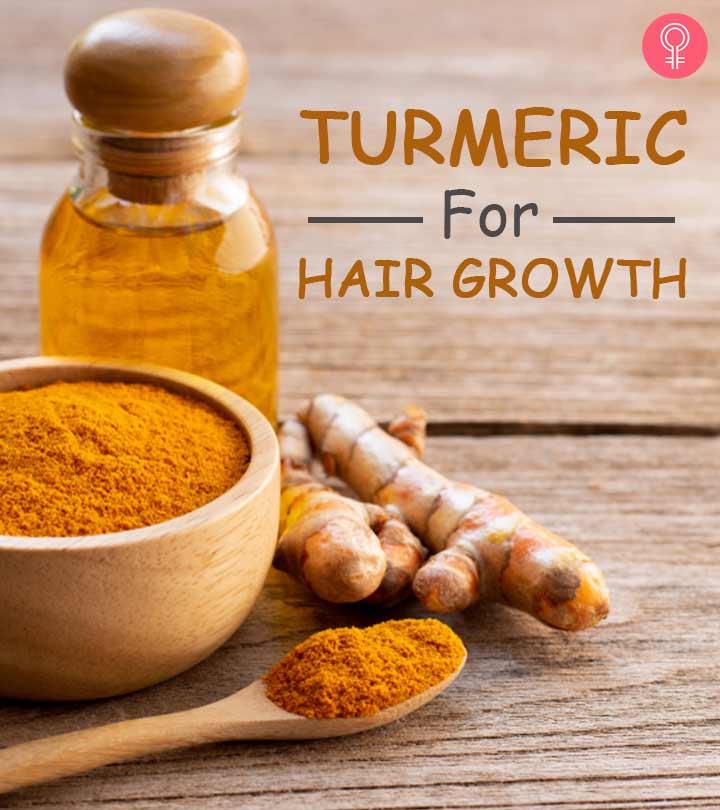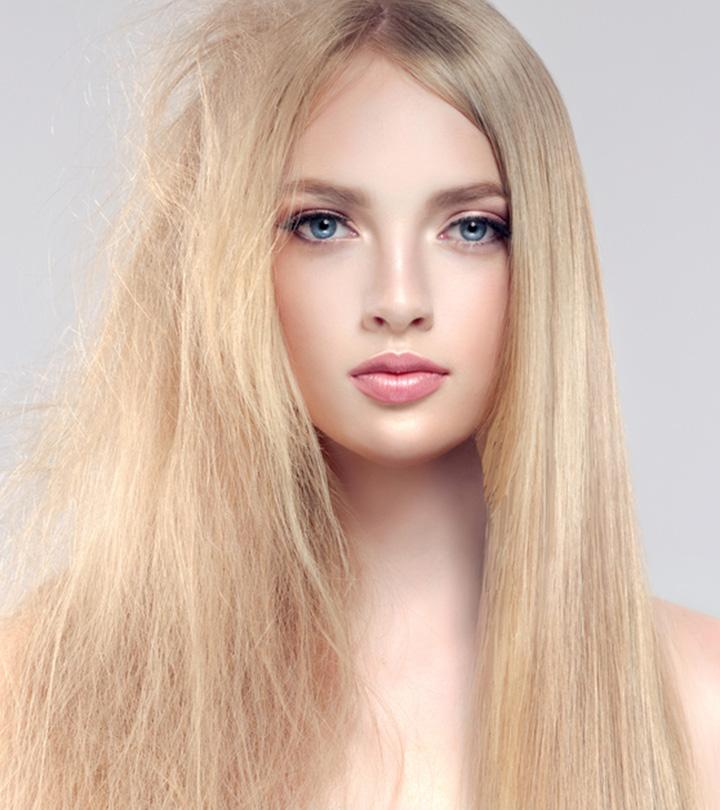Baby Hair Vs. Hair Breakage: How To Tell The Difference
A few simple steps can reveal whether you have new growth of hair or breakage.

Image: Shutterstock
You might notice small fine hair near your hairline. If you are wondering whether they are new hair growth or hair breakage, you are not alone. It could be a sign that your hair is growing or brittle and breaks easily. Read on to find out what these fine hairs might mean and how to deal with hair breakage.
In This Article
What Are Baby Hairs?
Baby hairs, also known as “peach fuzz”, are fine, small hairs around your hairline. If you make a ballerina bun, these hairs can be easily seen at the nape of your neck, sideburns, and forehead. Their texture is quite different from that of your actual hair. Also, they almost never lay flat. One way to style or tame baby hairs is using a hair gel or wax or/and securing them with bobby pins. However, it may not be effective for frizzy hair.
 Quick Tip
Quick TipCould these baby hairs mean hair breakage? Or are they just signs of new hair growth? Check the following section to know more.
How To Tell The Difference Between New Hair And Hair Breakage
Baby hairs that feel soft and fine indicate new hair growth. But those that are rough, dry, or with split ends could mean hair breakage. The hair breakage could be a result of frequent use of heat styling tools, harsh chemicals, and improper hair care.
 Quick Tip
Quick TipIf your hair has all the signs of hair breakage, there are ways to reduce it. We have discussed the methods in the following section.
How To Stop Hair Breakage Around Your Hairline?
- Use Deep Moisturizing Treatments
Deep moisturizing treatments like applying coconut or olive oil, shea butter, avocado mask, or getting a hair spa treatment once a month, work wonders to reduce hair breakage.
Warm the coconut oil and massage it into your baby hairs and all over the scalp. Gently massage in a circular motion. Wait for 30 minutes or leave it overnight before washing. Repeat twice a week.
You can also apply avocado and yogurt mask once a week. Mix half an avocado and 3 tablespoons of yogurt. Apply the mixture to your hair. Wait for 30 minutes before washing.
A blogger shared that she uses an avocado hair dip on her hair in between protective hairstyles to calm and soothe her scalp. She writes, “I like to manipulate the product through my hair and scalp with my hands for circulation and to relax the cuticle (i).”
Shea butter is a great hair moisturizer. It works especially well if you have curly or kinky hair. Tie your hair up into a bun, separate the baby hairs, and apply shea butter to them. You can also use shea butter for added hair nourishment. Leave it overnight before washing.
The steam used in spa treatments opens up the hair cuticles and allows the moisture to reach the hair shaft. Such treatments will soften your hair and reduce hair breakage. You can go for a spa treatment once a month.
- Use A Repairing Shampoo
A repairing shampoo is devoid of harsh chemicals that otherwise strip the hair of its natural oils. Use a good repairing shampoo to keep the baby hairs frizz-free, soft, and untangled. Also, keep your scalp clean by shampooing twice a week. Be wary of over-shampooing as it also can lead to undesirable results.
- Use A Moisturizing Conditioner
Use a moisturizing and nourishing conditioner after you shampoo. A sulfate- and paraben-free conditioner works best to reduce hair breakage and maintain hair strength. Leave the conditioner in for at least 10 minutes before you rinse your hair.
- Check The Water Temperature
The ideal water temperature is critical to reducing hair breakage. Use lukewarm water to wash and shampoo your hair. But use water at room temperature to rinse the conditioner. Warm water opens up the cuticles and allows deep cleansing of the hair strands. Water at room temperature (or cooler temperature) seals the cuticles, preventing frizz and reducing the chances of tangles and hair breakage.
- Minimize Use Of Heat Tools
Heat styling tools strip the natural oils of the scalp and make strands prone to hair damage and breakage. Moreover, styling baby hairs with a heat styling tool is a challenge. You may instead use bobby pins, gel, or hair wax to tame them. Minimize the use of heat tools if you have hair breakage.
- Use A Heat Protectant
Apart from minimizing the use of heat tools, spraying a heat protectant on your hair further reduces damage. Use the heat protectant when you blow-dry, straighten, or curl your hair.
- Protect Your Hair
An important part of improving hair health is protecting your tresses from UV damage, pollution, and friction can also help reduce hair breakage. Wrap a silk or satin scarf when you step out in the sun.
These are the various ways you can reduce hair breakage and induce new hair growth. But what if these methods do not deliver the results you desire?
See A Specialist
If the aforementioned hair care tips do not show results in 4 to 6 weeks, see a dermatologist. Hair breakage could be a sign of an underlying nutrient deficiency or hormonal imbalance. Your dermatologist will be able to guide you with the right treatment and hair repair options.
Infographic: Tips To Prevent Hair Breakage Around Your Hairline
The strands at the hairline are fine and weaker than the rest of our hair and prone to breakage, especially if you do not care for them well. If you notice the hair around your hairline breaking even before it has a chance to grow into baby strands, the following infographic is for you. It will take you through some of the best tips you can follow to prevent this issue. Check it out!

Illustration: StyleCraze Design Team
Baby hair, also known as peach fuzz, is commonly an indication of new hair growth. However, it is easy to mistake this fine hair for hair breakage. Excessive use of heat straighteners and chemical hair treatments and an unhealthy lifestyle can cause hair breakage. Broken hairs may appear like baby hairs, but they are not. If you are confused if it is new hair growth or hair breakage, use the methods described in this article. Improve your diet and lifestyle as well for better and more consistent results.
Frequently Asked Questions
Does breakage stop hair growth?
No. Breakage reduces the hair length. As a result, it may seem that your hair is not growing at all. Hair grows from the roots, at the bottom of the hair follicle under the scalp.
How much breakage is normal?
Breakage is not normal. It signifies damaged, dry hair and must be addressed immediately. Hair fall, on the other hand, is normal when you lose 50-100 strands a day.
Does a tingling scalp mean hair growth?
No. A tingling scalp is associated with scalp issues, hair thinning, and hair loss. Consult a doctor if you experience a tingling sensation on your scalp.
Key Takeaways
- Baby hairs, or peach fuzz, are the fine, small hairs that grow around your hairline.
- Baby hairs that feel soft and fine indicate new hair growth. However, short hairs that are rough, dry, or split ends could be a result of hair breakage.
- Heat styling tools strip away your hair’s natural oils and make it more prone to hair breakage.
- Conditioning your hair with coconut oil or shea butter can help prevent breakage.
Learn how to stop and prevent hair breakage. Get tips on how to treat broken hair and keep it healthy and strong by clicking on the video below.
Personal Experience: Source
StyleCraze's articles are interwoven with authentic personal narratives that provide depth and resonance to our content. Below are the sources of the personal accounts referenced in this article.
i. My Avocado Hair Dip!https://hairgarden.wordpress.com/2010/12/21/avocado-deep-conditioner/
Read full bio of Tiffany Young
Read full bio of Ramona Sinha
Read full bio of Medha Deb





